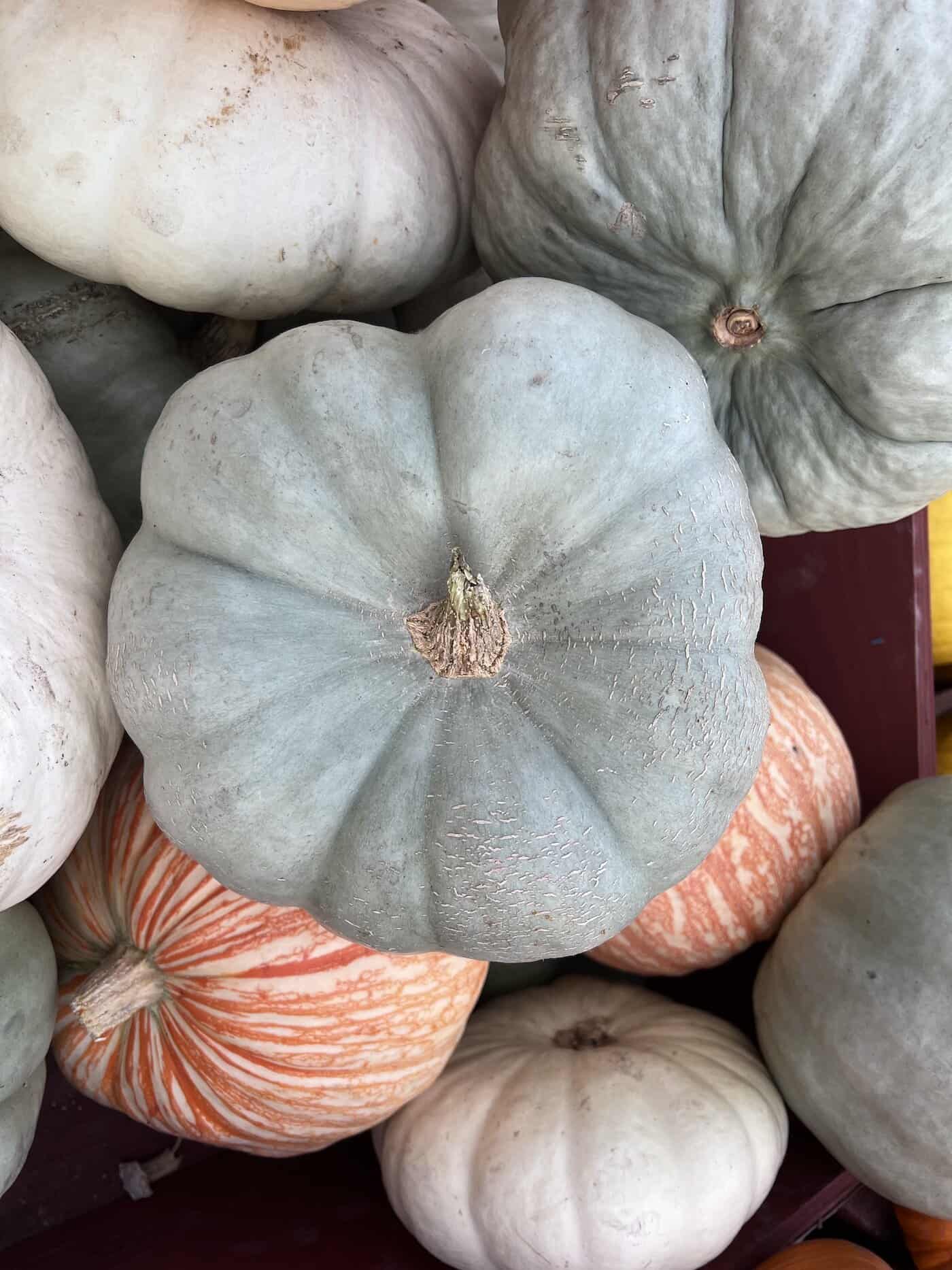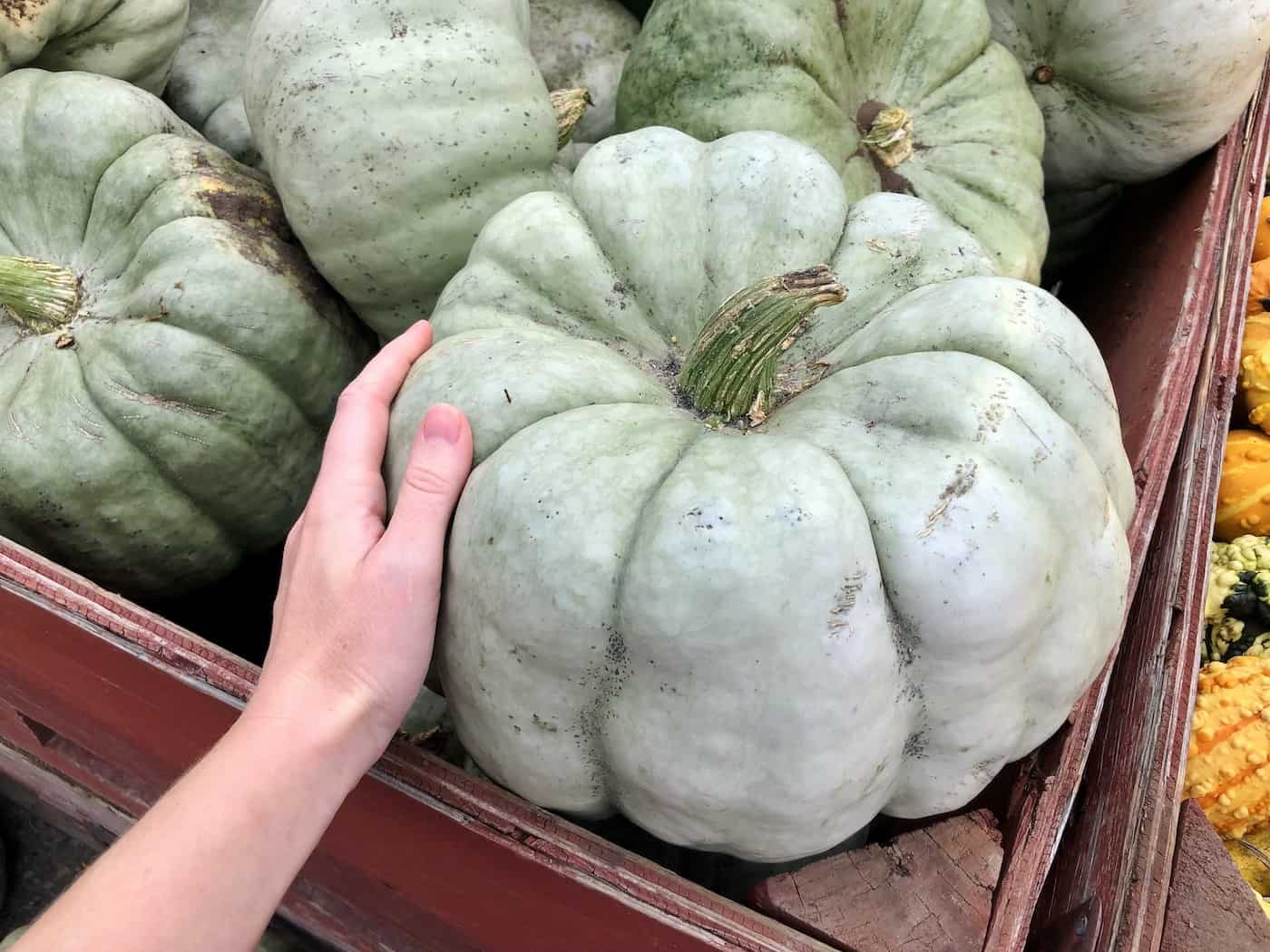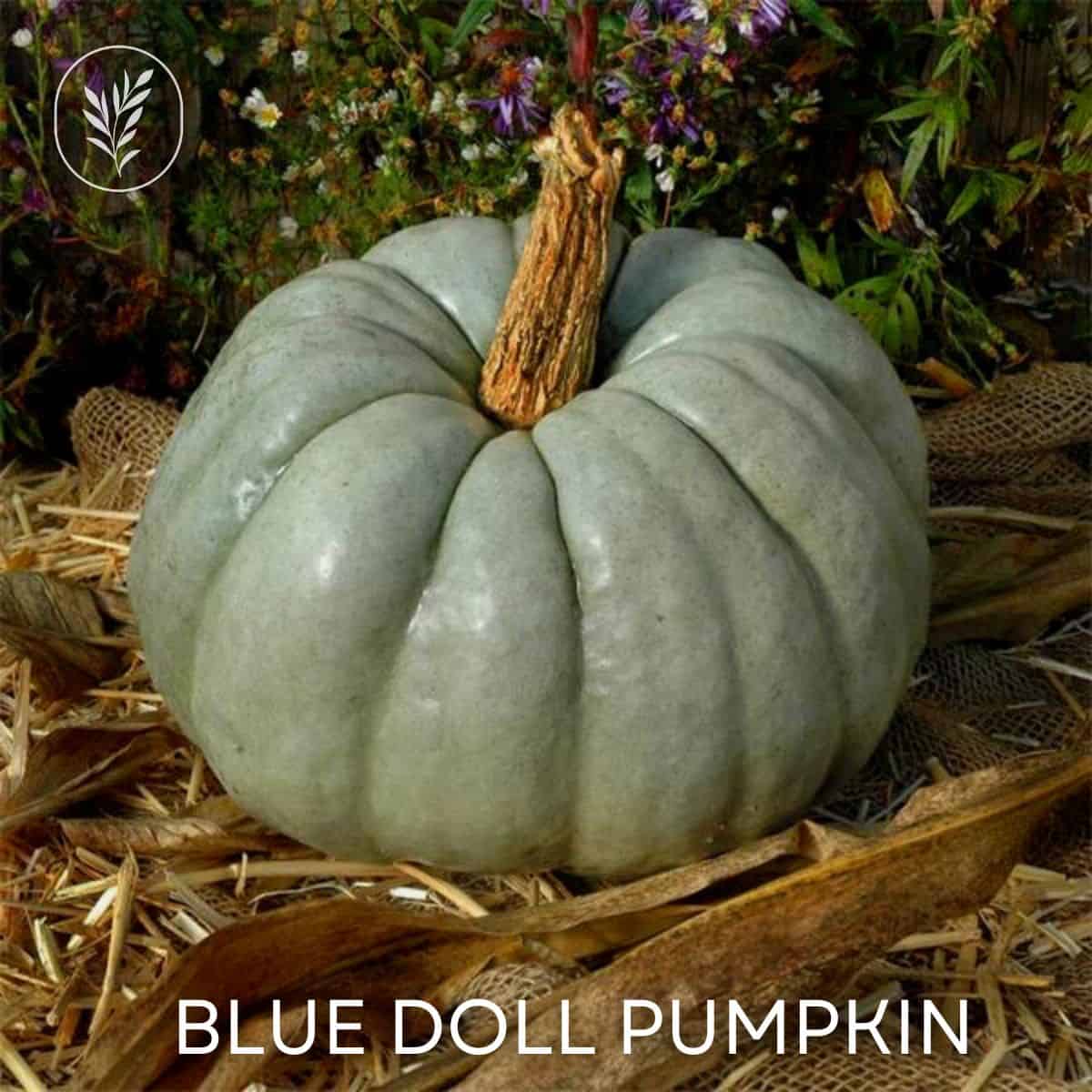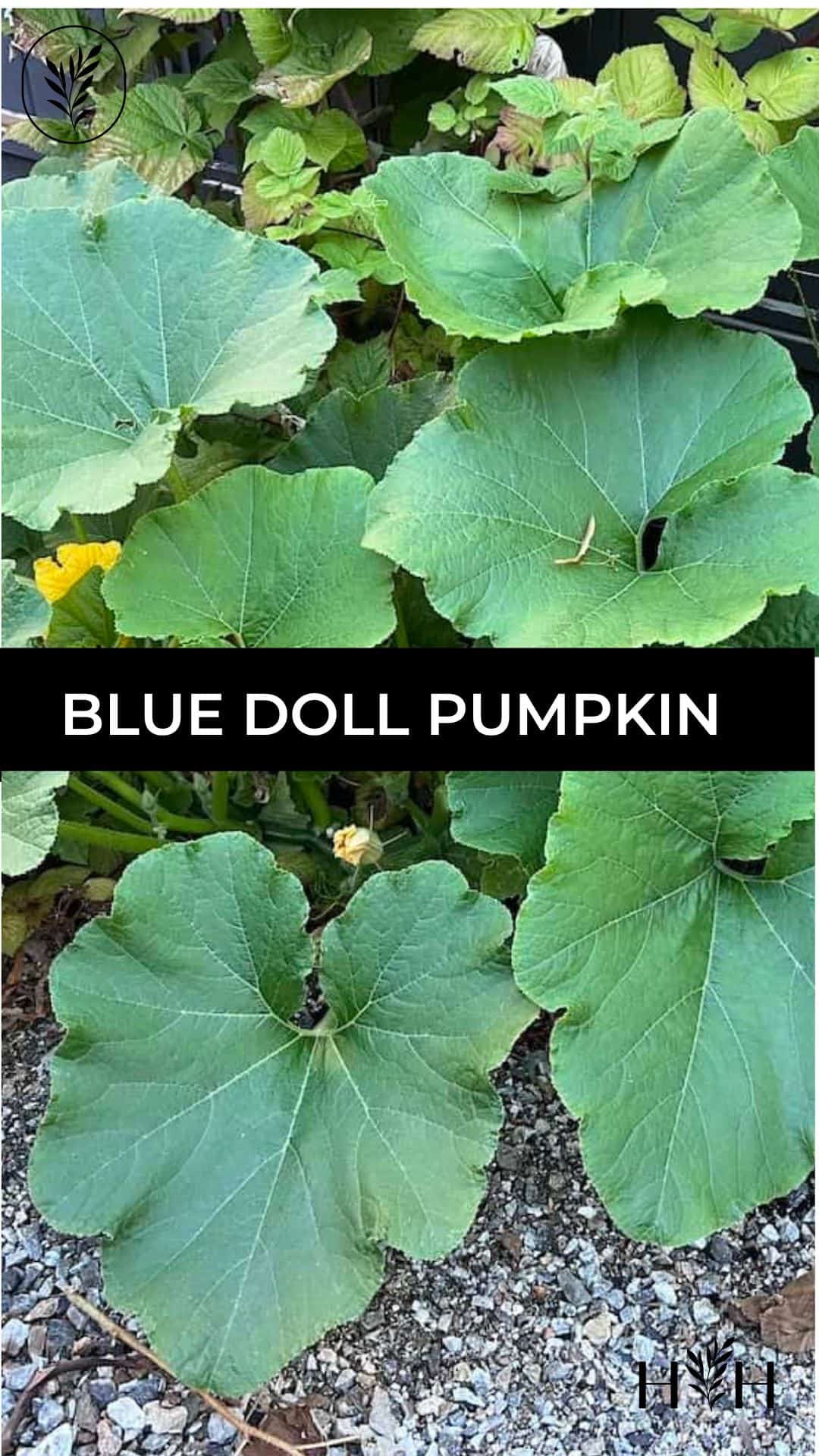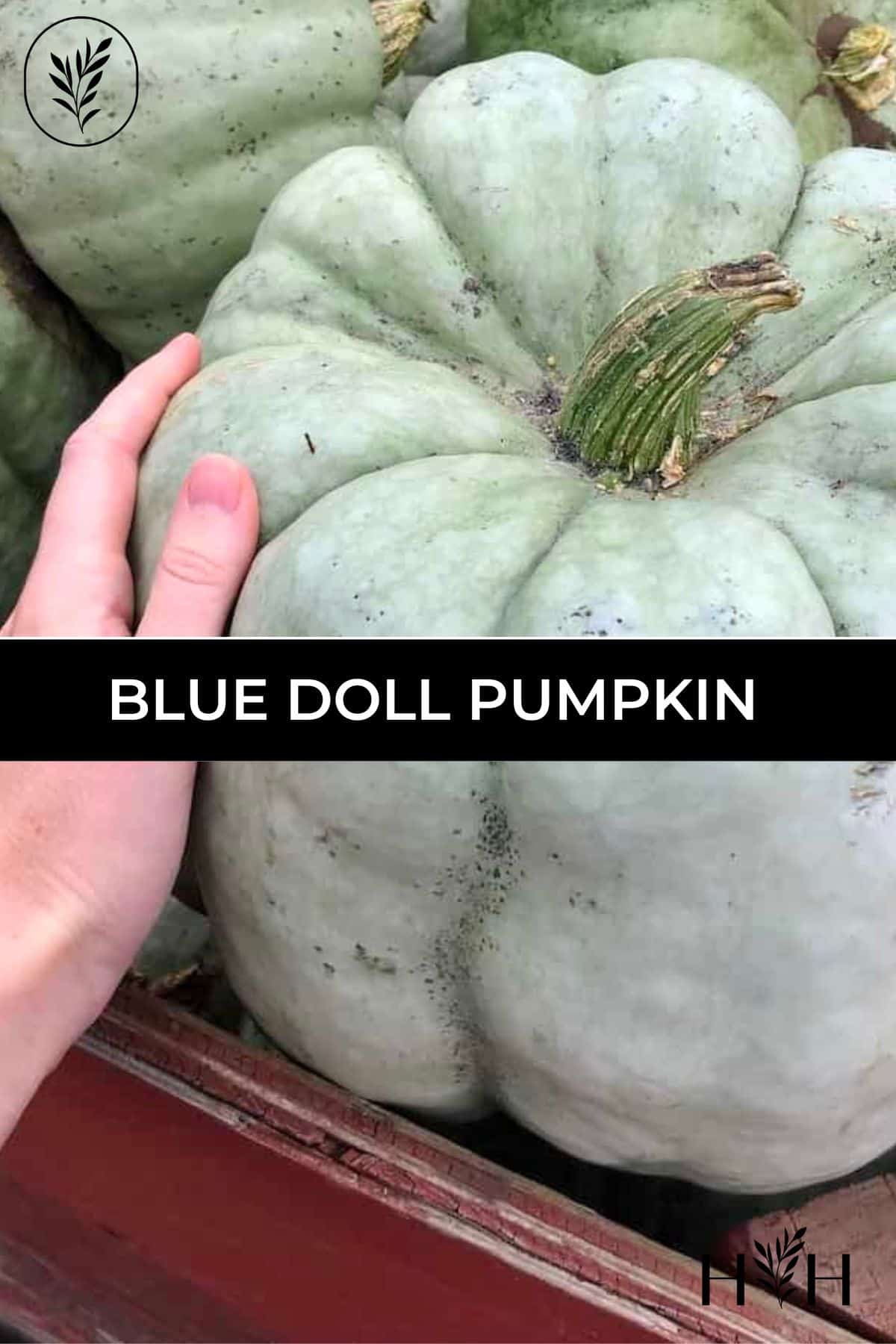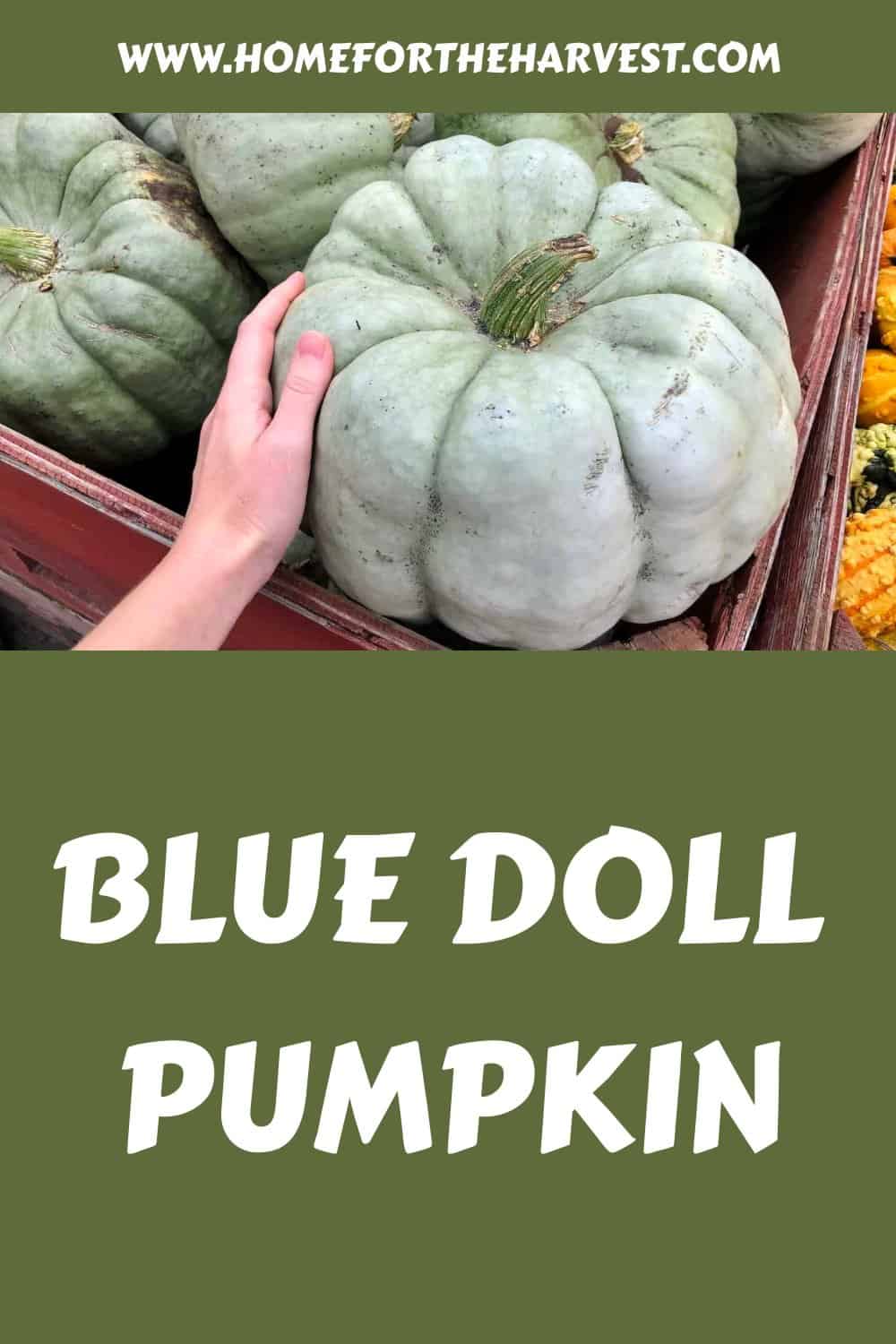Blue Doll Pumpkins are one of the best-known cultivars of pumpkin with a blue rind.
The Blue Doll pumpkin is a medium-large, hybrid pumpkin cultivar that features blue skin with deep side ribbing. The pumpkins reach about 15-20 pounds per fruit, with a squat appearance. The pumpkin has a deep orange, sweet flesh, which is great for use in pies, soups, and other gourmet recipes.
Read on to learn more about Blue Doll pumpkins!
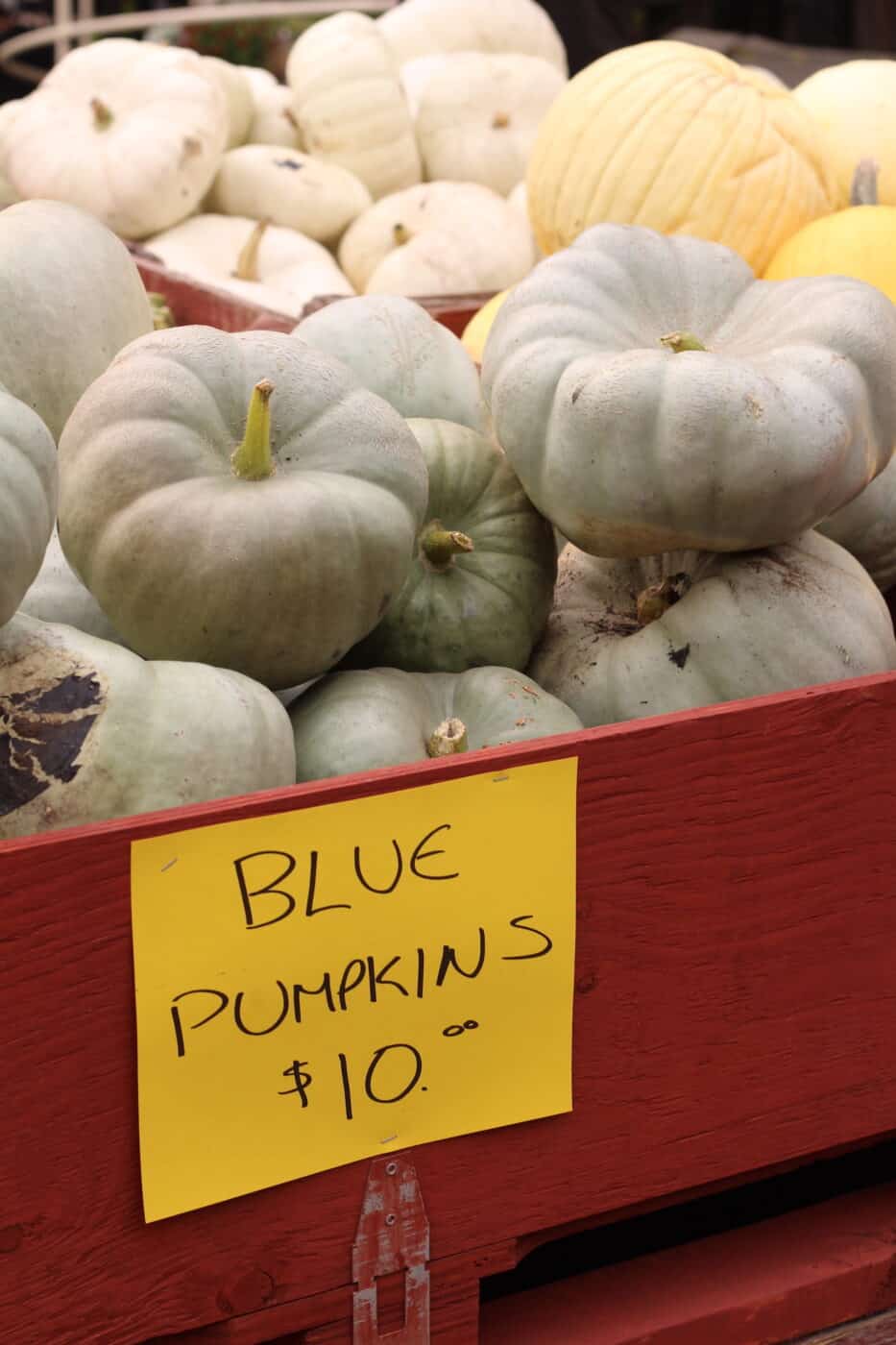
Blue Doll pumpkin basics
Just as the name suggests, Blue Doll pumpkins are eye-catching blue pumpkins, with deep orange flesh. They are a pale blue, but blue nonetheless. Some may appear more green or grey than blue—this is very normal.
These pumpkins have deep ribbing and an almost square appearance, making them look like classic heirloom pumpkins. They grow on long vines, which are somewhat resistant to diseases like powdery mildew. Pumpkins take about 100 days to fully ripen, and will initially require prolific plant cover before transitioning to full sunlight.
These pumpkins are easy to tell apart from other pumpkins. These pumpkins can be defined by their unique color and their deep ribbing. Although their rind is blue, their flesh is not. When cut open, they are bright orange just like most other pumpkin varieties.
Blue Doll pumpkins are also fantastic for decorating! They look great beside their “sister” pumpkins, Porcelain Doll Pumpkins (gorgeous pink pumpkins).
Are Blue Doll pumpkins edible?
Despite that the exotic blue color may look strange, Blue Doll pumpkins are edible and great for gourmet culinary delights and dishes. The sweet flesh of the pumpkin makes it ideal for pie fillings. They can be used for savory dishes as well, including soups and pasta dishes.
“Blue Doll: A dusty, light turquoise exterior with several long pleats. With shockingly orange, hearty flesh, it’s ideal for savory cooking, from stewing to grilling.”
Purely Pumpkin: More Than 100 Seasonal Recipes to Share, Savor, and Warm Your Kitchen, by Allison Day
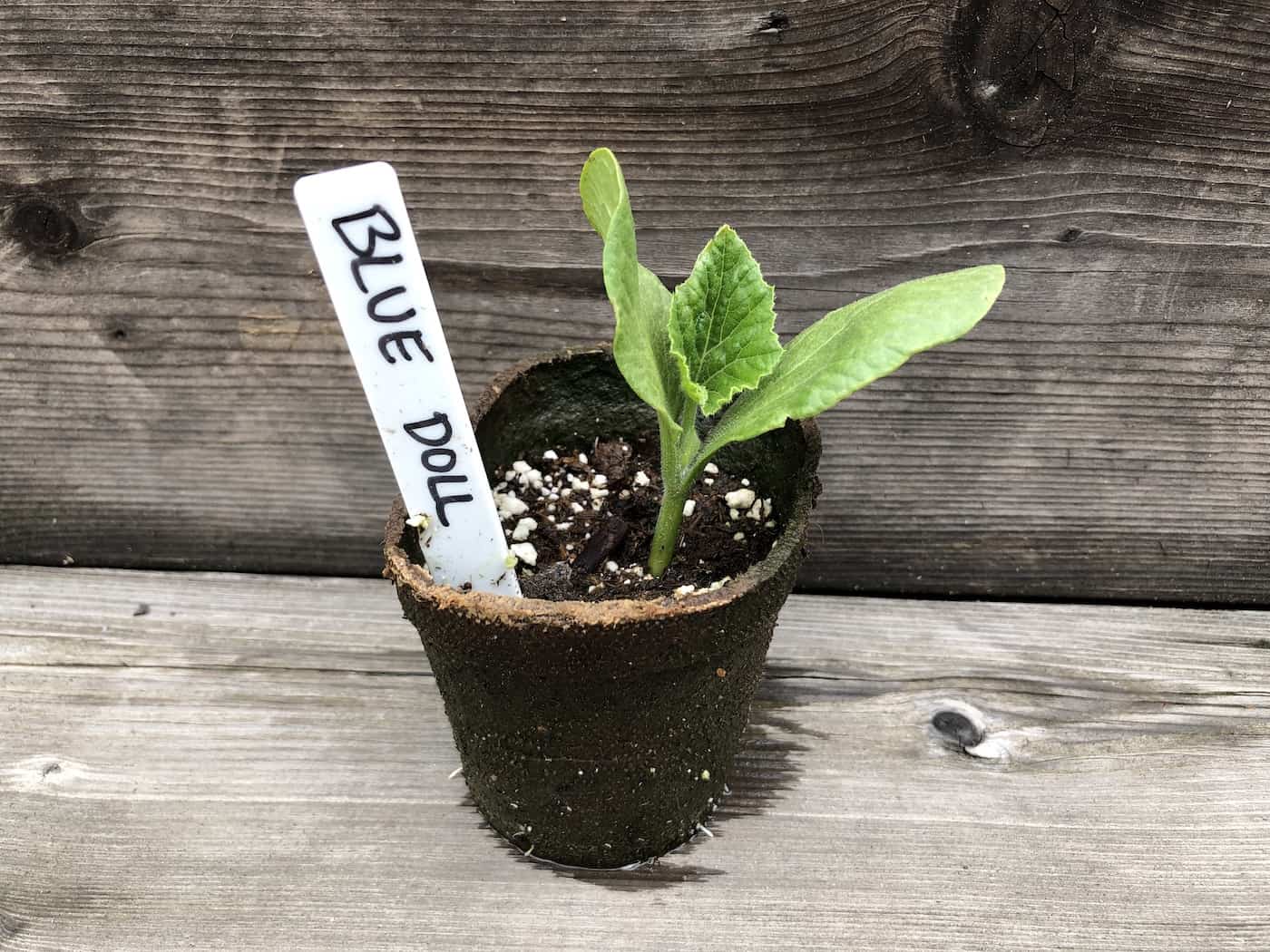
Planting Blue Doll pumpkins
Blue Doll pumpkins are mainly grown from seed, as seedling transplants are not commonly available for this somewhat-unique variety. Purchase the seeds in the winter or early spring, as this type of seed often sells out by mid-spring.
The germination period for Blue Doll pumpkins is about one week. During this time, you will want to make sure your pumpkins are receiving plenty of nutrients. You will want to originally start growing your pumpkins indoors, with a prolific plant cover, to avoid any harsh weather conditions.
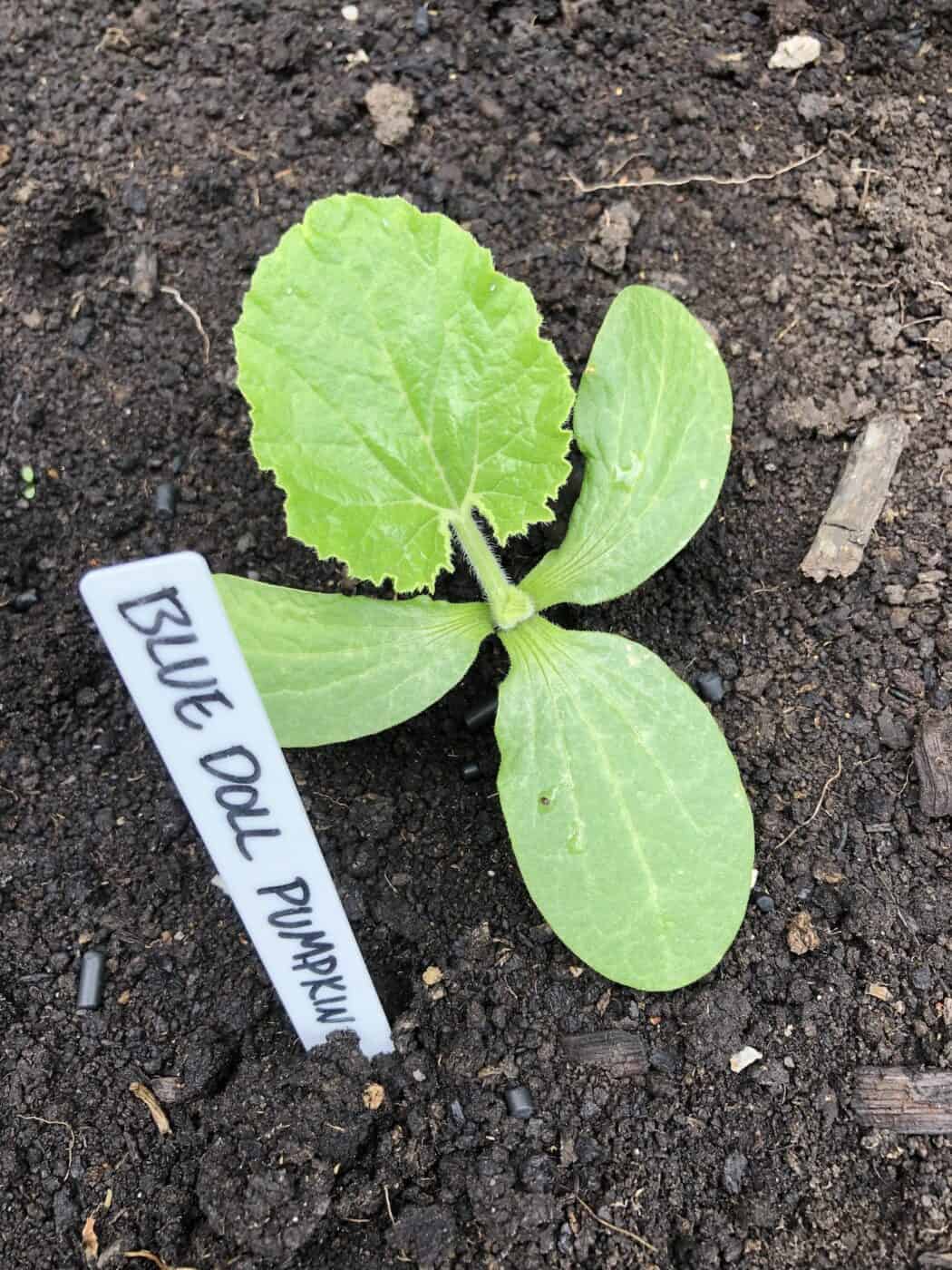
During the germination period, the seeds need to be kept warm. Ensure the soil is warm and kept at a constant temperature of 80 degrees Fahrenheit. Heating mats can be used to make sure the soil stays warm.
You do not need to worry about light during the germination period. It is not until after the seedlings emerge that you then need to start providing exact lighting conditions.
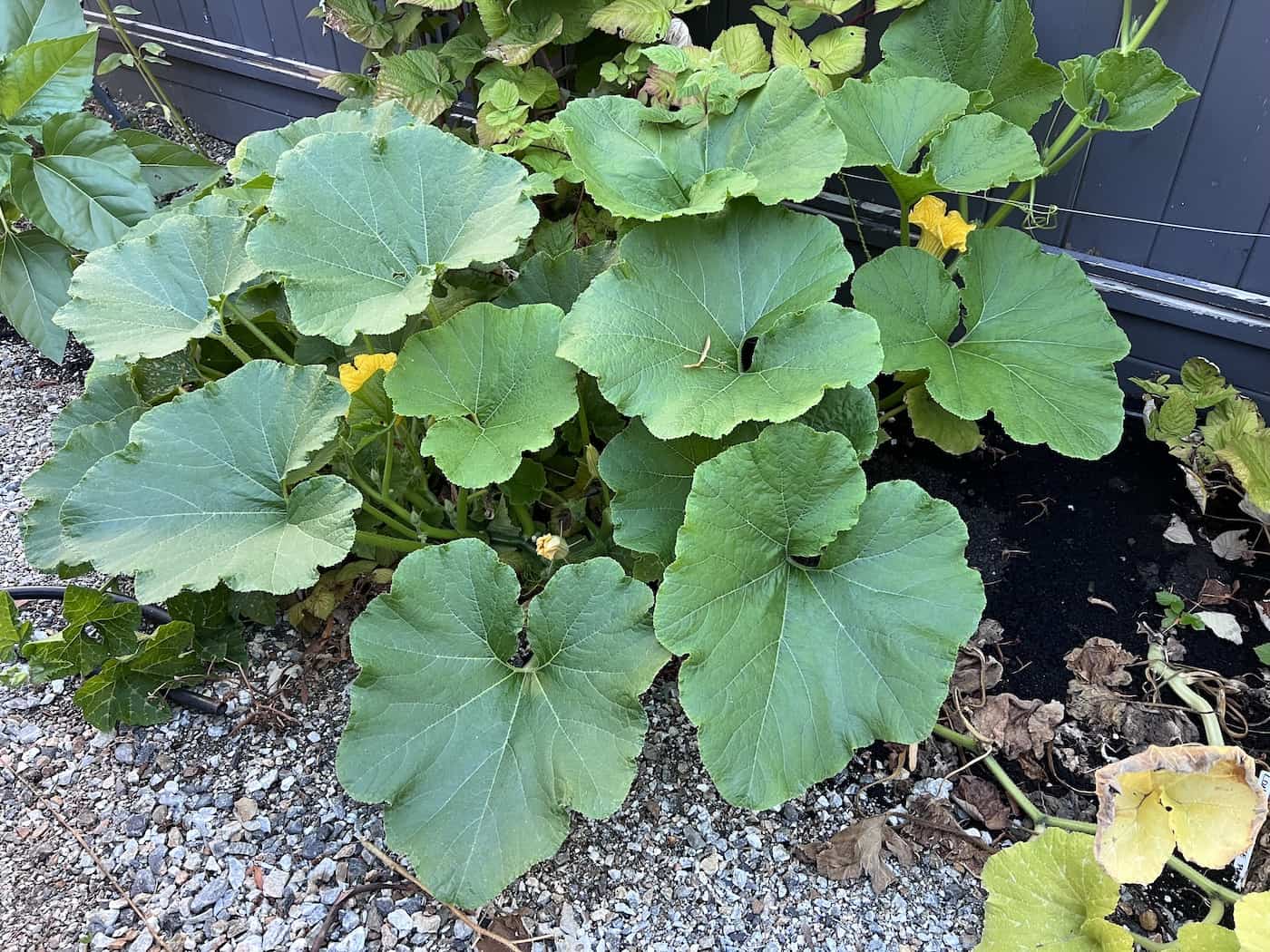
Guide on how to grow Blue Doll pumpkins
Once they’ve sprouted, Blue Doll pumpkins need bright light. They do best in full sunlight, however, they can tolerate some shade on particularly hot days. You will want to make sure that they are receiving as much light as possible. If you live in an area where this is not possible, then you may want to consider artificial lighting. Artificial lighting is not ideal, however, it will do the trick.
Blue Doll pumpkins need loam soil. Loam soil is commonly used for pumpkins because it aids in the retention of water, yet it also has good drainage. Loam soil is a mix of clay, sand, and silt. The air circulation that loam soil provides is desirable, as it prevents the drowning of roots.
These pumpkins also need plenty of water. They do not do well in dry conditions, and they need moist soil. Because of this, you will want to provide the pumpkins with one to two inches of water every week. To achieve this, you will want to frequently and consistently water your pumpkin plants.
You will want the soil for your pumpkins to be moist. If you notice the soil starts to dry out, then you will want to water it immediately. Do not use too much water, however, as it can be harmful.
Watering pumpkin plants can be stressful because improper watering techniques can result in disease. When watering your pumpkin plant, do not get the foliage wet. You will want to make sure the foliage stays dry to prevent disease. In addition, do not overwater your pumpkin plant. Excess water can result in rot and the roots drowning.
